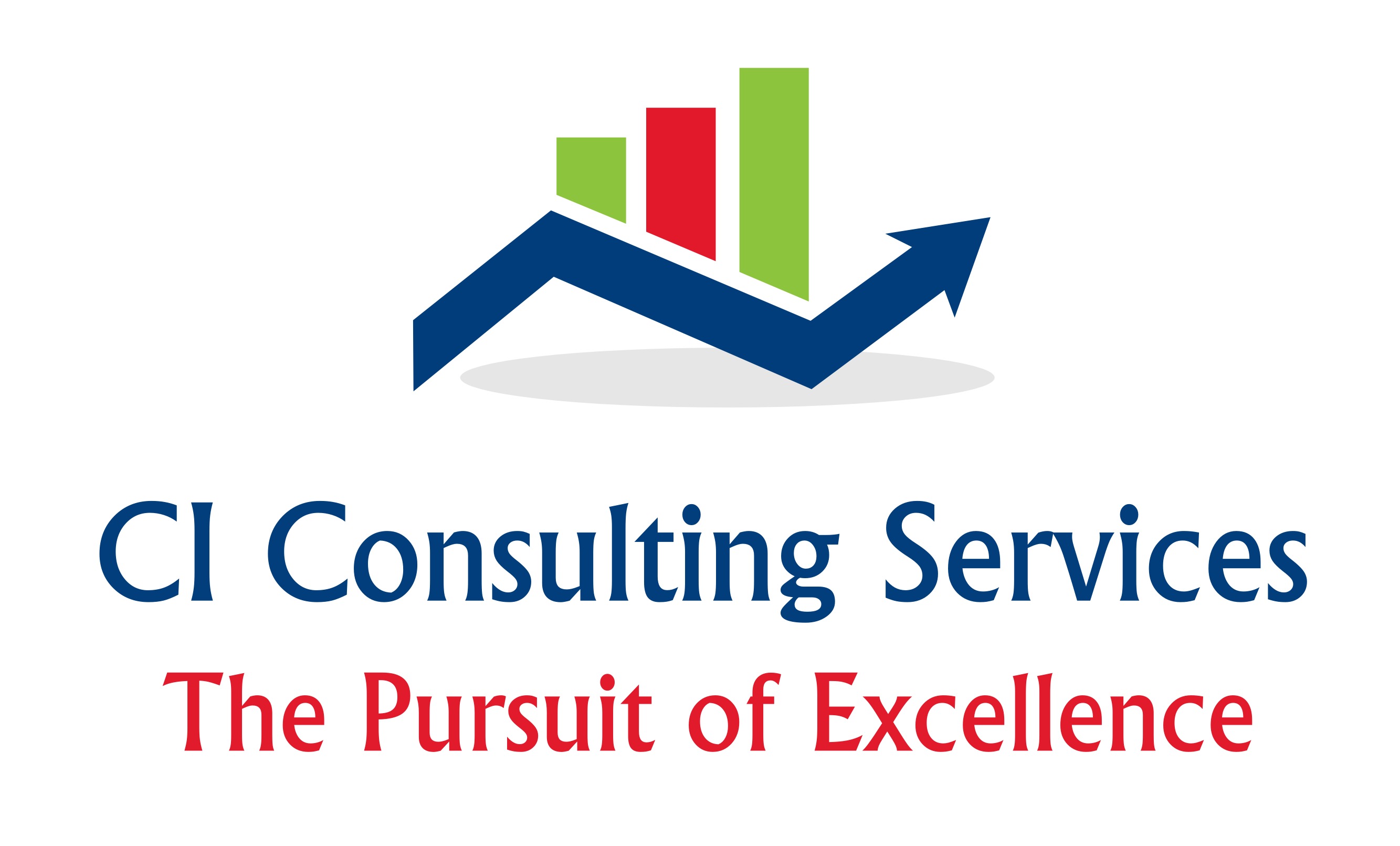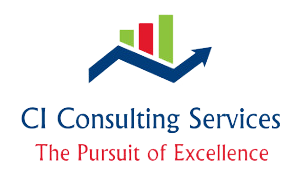How to Have More Effective Meetings
Many Typical MeetingsHow many times have you ever walked out of a meeting unsatisfied with the result? You go to the meeting on time only to find out that Fred is late again, as usual. Maybe you go into a meeting thinking we’re going to discuss operations issues. The meeting starts that way but then the conversation drifts to topics you can’t control, like traffic, the weather, or school calendars.Or, one of my favorites is when a weekly meeting convenes and somebody says. “So, what are we going to talk about today?” This guarantees an hour (or more) of speculation about a problem, along with random threads of conversation since nobody is prepared with the right information.
It’s estimated that today’s employees spend about 50% of their time in meetings and on emails. I’ve conducted a number of informal polls with different classes and while I find some people spend less than that, disturbingly some people spend most of their time in meetings and emails, especially managers and directors.
How can anybody do their job unless their job description calls for them to be in meetings all day? Is it any wonder why we all feel overworked - we spend too much unproductive time in meetings!
Meetings can serve a useful purpose. Too often though, meetings serve as a way to update people on the daily operations of organizations.
Once, after a particularly frustrating 3 hour meeting, I went to the VP of Ops afterward and said, “That meeting was a waste. We had 20 people in there (20x3=60 man-hours) all going around telling us about the previous week. No action items came out of it and now I’m that much further behind.” He looked at me and said, “I liked the meeting. Now I know what’s going on in the organization.” There are better ways to update executives on people’s activities!
Think about the cost of the meeting; count the number of people in the room and multiply it by the length of the meeting to determine man-hours. Then multiply the number of man-hours by the cost to keep the organization afloat. $50 is not an unreasonable burdened labor cost, however depending on the level of the attendees, it could be much higher. 60x$50=$3000. Then double it because of all of the things the employees could have been doing for the good of the organization. In my mind the true cost of that meeting was $6000. That much just to update one VP? And this is a weekly meeting.
Over the course of one year that one meeting costs the organization $300,000! Did enough good ideas come out of that meeting to even gross $300,000 much less net that much? Meetings are expensive!
So, is the solution no meetings? Rarely are the extremes of a situation the answer. As usual, the answer lies somewhere in the middle. Some people advocate ‘stand-up’ meetings where there are no chairs in the meeting area. The thinking is that people won’t be that comfortable and therefore the meeting will go faster. This is an ineffective attempt to solve the problem by focusing on symptoms.
Two Considerations with MeetingsTo tackle the question of effective meetings, there are 2 parts to consider. First, what meeting alternatives are there that are less expensive? Second is how to get maximum effectiveness out of the expensive meeting time that we have no alternatives for.Endless emails are not the answer. Instead we need to understand what the purpose of the meeting is and then creatively come up with alternatives to satisfy that purpose for the least cost.
Meeting Purpose |
Meeting Alternative or Countermeasure |
|
To inform |
Informational email* *(unless follow-up questions are expected, e.g. major company news) |
| To update on project status | Quad chart or A3 or other project reporting tool |
|
To achieve a goal |
Structured activity using a small group of the right people with a purpose |
|
To educate |
Pre-work sent ahead of time to reduce the meeting length required |
|
To reach a decision |
Structured meeting using SPACER guidelines |
- S- Safety
- P - Purpose
- A - Agenda
- C - Code of Conduct
- E - Expectations
- R - Roles
Safety. Especially with a regularly scheduled meeting, starting with a safety tip or safety suggestions from the group helps all participants keep safety first and foremost in their minds.
Purpose. You should always be clear about the purpose of a meeting by stating it up front. Is it to inform, or reach a decision? Is it to complete a task or is it a status update? I’ve been in meetings where I was uncertain of the purpose - it felt like we were having discussions to reach a decision that somebody had already made.
Agenda. You should always have an agenda even if you have to create it in the first 5 minutes of the meeting. It is of course better to send it out ahead of time so people can do their pre-work and be better prepared for a productive meeting. Agenda items should have time frames according to their importance or need for discussion.
“We’ll take 5 minutes to review yesterday’s issues, 5 minutes to review today’s schedule and 10 minutes on customer issues to resolve.”
Note that if not all participants' presence and input is required for the entire meeting, adjust the sequence of agenda items to discuss matters relevant to all first, allowing people to leave when their specific parts have been addressed.
For example in one daily production meeting operations issues were discussed first, leaving any purchasing topics to the very end of the agenda. As a result the purchasing person sat through at least 30 minutes (or more) of discussion she could neither contribute to nor cared about. Once this was realized the agenda order was changed so that purchasing topics were covered first and the purchasing agent picked up 30 or more minutes per day of productive time.
Code of Conduct. These rules are agreed upon by the individuals in the meeting or they could be part of the company’s meeting code. It can include things like:
- Start and stop on time
- No cell phones
- Everybody speaks in the meeting (otherwise why are you there?)
- Come prepared with information to make a decision
- Do your pre-work (You have pre-work, right?)
- Attack problems, not people
You should create your own code of conduct with the meeting participants to generate buy-in. Of course, you need to enforce the rules as well. I've seen situations where people coming in late have to pay a dollar that ends up going toward donuts. Or, they have to take the minutes during the meeting.
Expectations. Expectations should be stated by participants to avoid disconnects. The meeting organizer should have a stated purpose up front, and expectations should begathered immediately by the organizer. If not, then the meeting will be a disappointment to at least some of the attendees and likely the meeting will underachieve its potential.
“We need to have a schedule of upcoming tasks with the appropriate people responsible.”
“We are going to make a decision on which IT system we will go with.”
“The marketing calendar will be finalized at the end of this meeting.”
These are all expectations that should be known to all participants before the meeting gets underway.
Roles. Every good meeting has certain roles for maximum effectiveness.
Roles for Effective MeetingsFacilitator - Person managing the flow of the meeting. Not necessarily the senior person in the room and not necessarily the person who called the meeting. If we are serious about developing employees then facilitation is a skill that needs to be practiced by rotating it among people in the room.Time Keeper - Could be all attendees but should be a specific person who is making sure the meeting elements stay on time according to the agenda. If time runs out then the group decides if they can make a decision now or if they should recast the agenda and take time away from something else in order to finish.
Scribe - This is the only person who should be taking minutes during the meeting so that everyone can concentrate on the conversation and information presented. Sometimes this is a person who is there just to take notes, other times it can be a rotating responsibility. In an effort to minimize computer usage, some companies write notes on a whiteboard or flipchart and then type up the notes for later. Minutes should always be in the form of ‘Who does What by When’ so that there is no confusion about who follows up or when it should be done. And the minutes should always be sent out shortly after the meeting so there is no question about discussions or responsibilities. The minutes also help people who couldn’t attend the meeting to get up to speed quickly.
Process Checker - This role is not common although it should be. Whenever the discussion veers into unproductive territory due to lack of information or not having the right people in the room, the process checker (a rotating role) should feel free to halt the meeting and propose to put the topic in a ‘parking lot’. As simple as a piece of flip chart paper on the wall, any item that can’t be adequately addressed in the meeting gets placed on the parking lot so that it doesn’t get forgotten. Then it should go into the meeting minutes along with an assignment for somebody to get the right information or the right people in the room for next time.
Participant - This is everybody in the meeting whether they have a role above or not.
It is the responsibility of participants is to come prepared to speak intelligently about the topic at hand. Any relevant documents should be sent to participants ahead of time and it is the responsibility of the participant to review the document before the meeting (pre-work). Any data should be summarized, and any outliers or discussion- worthy entries highlighted and investigated ahead of time, rather than a raw spreadsheet for people to review.
By following SPACER your meetings will be more productive and people will get more time back during the day. It’s really not as complicated as it may sound - why not try these tips at your next meeting and see how good the result can be?
 Visit us at www.ciconsultingservices.com
Visit us at www.ciconsultingservices.com
